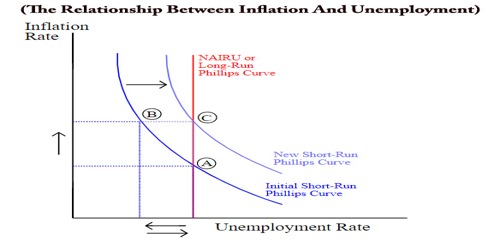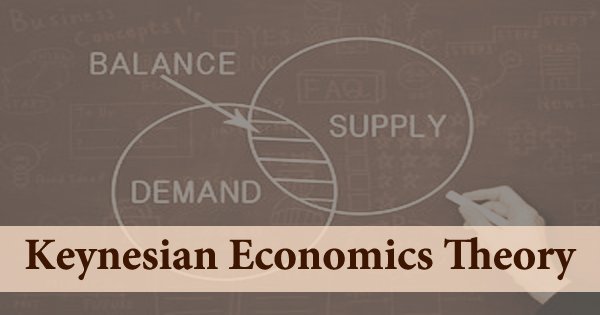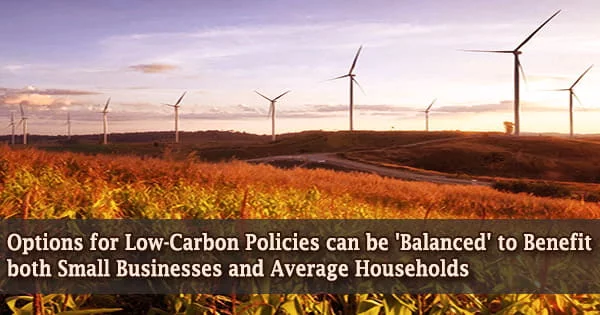A deforestation emissions reduction program in Indonesia averted the release of more than 70 million tons of carbon into the atmosphere, but experts point out that this amounts to only 3% of the total required under Indonesia’s Nationally Defined Contribution (NDC) under the Paris Agreement.
In addition to being one of the top emitters of greenhouse gases, Indonesia is home to the third-largest tract of tropical rainforest in the world. From 2000 to 2016, it was responsible for about a quarter of all global emissions from deforestation, forest degradation, peatland decomposition, and fires.
Norway and Indonesia partnered in 2011 to halt the issuance of new licenses for palm oil, logging, and forestry concessions in an effort to minimize carbon emissions from deforestation.
Norway promised $1 billion to Indonesia as a performance-based payment for reducing carbon emissions in the forestry sector as part of the partnership, which is a component of the global framework for reducing emissions from deforestation and forest degradation (REDD+) established at COP13.
In accordance with the REDD+ strategy, Norway agreed to provide $5 per ton of carbon if the tropical nation with abundant forests decreased its deforestation-related emissions. The study examined the effectiveness of the program and considered whether Norway received a good carbon return on its investment.
Professor Ben Groom, who holds the Dragon Capital Chair in Biodiversity Economics at the University of Exeter Business School, was one of the researchers who conducted the study.
The initial size of the moratorium region was 69 million hectares of forested land. The researchers analyzed satellite data from 2004 to 2018 on forest cover inside the moratorium area with a control area outside the moratorium.
In order to compare comparable wooded areas, they divided Indonesia’s total forest cover into 400,000 grid squares and compared the grid squares inside and outside the moratorium area. By contrasting trends from before and after the 2010 moratorium, the effect was evaluated.
According to the researchers, the ban reduced carbon emissions by 67.8 to 86.9 million tons, and dryland forests inside the moratorium region had an average 0.65 percent more forest cover than comparable areas outside the moratorium.
We find that Norway should probably been paying a lot more because the impact starts much earlier, from 2013 we estimate some modest but statistically significant changes, yet the payment was only calculated for 2017, with no proper counterfactual.
Professor Ben Groom
But the study discovered that the restriction had no impact on peatlands, which are significant natural carbon storage areas.
Although the system had been fairly successful, the impact was “tiny” in comparison to the nationally determined contributions (NDCs) for carbon reduction specified in the Paris Agreement, according to the researchers.
“Our estimates suggest a 3-4 per cent annual contribution to Indonesia’s NDC of a 29% emissions reduction by 2030, which is only a small dent in Indonesia’s overall commitment,” said Professor Groom.
“This is a problem because in Indonesia around 65 per cent of emissions are from forest areas so the forest sector is a very important place to stop emissions coming from if they’re going to meet their NDC commitments for the Paris Agreement. The scale of the finance needs to be much bigger for implementation to be effective.”
In exchange for stopping the predicted 11.23 million tons of carbon emissions in 2017, Norway and Indonesia agreed to pay each other $56.2 million in 2019.
According to the researchers, this estimate of performance did not accurately reflect the effectiveness of the program since it took into account average deforestation rates for all of Indonesia rather than simply the area under moratoria.
The researchers determined that the ban was more effective over the period 2011–17 than this calculation suggests using well-established policy impact approaches. This means that for $56 million, Norway effectively purchased carbon emissions reductions at a rate of less than $1 per ton.
“We find that Norway should probably been paying a lot more because the impact starts much earlier, from 2013 we estimate some modest but statistically significant changes, yet the payment was only calculated for 2017, with no proper counterfactual,” said Professor Groom.
Professor Groom notes that although the pact, which expired in 2021, was a “good deal” for Norway and global emissions reductions, it might have been unfair to Indonesia.
Norway is looking for ways to put its money to work by funding the global public benefit of reducing carbon emissions. Ultimately, the globe should make additional efforts similar to those made by Norway.
However, the global benefits of mitigating climate change, which economists measure using the social cost of carbon, is far greater than the $5 per ton they were paying the US government uses $50 per ton, New York State $125 per ton, many argue it is higher still so while Norway got a good deal, and cost-effective carbon policy is important, it wasn’t necessarily fair from an Indonesian perspective not to get a greater share of the global benefits.
Perhaps ideas of fairness were what prevented this otherwise successful bilateral agreement from succeeding.
















